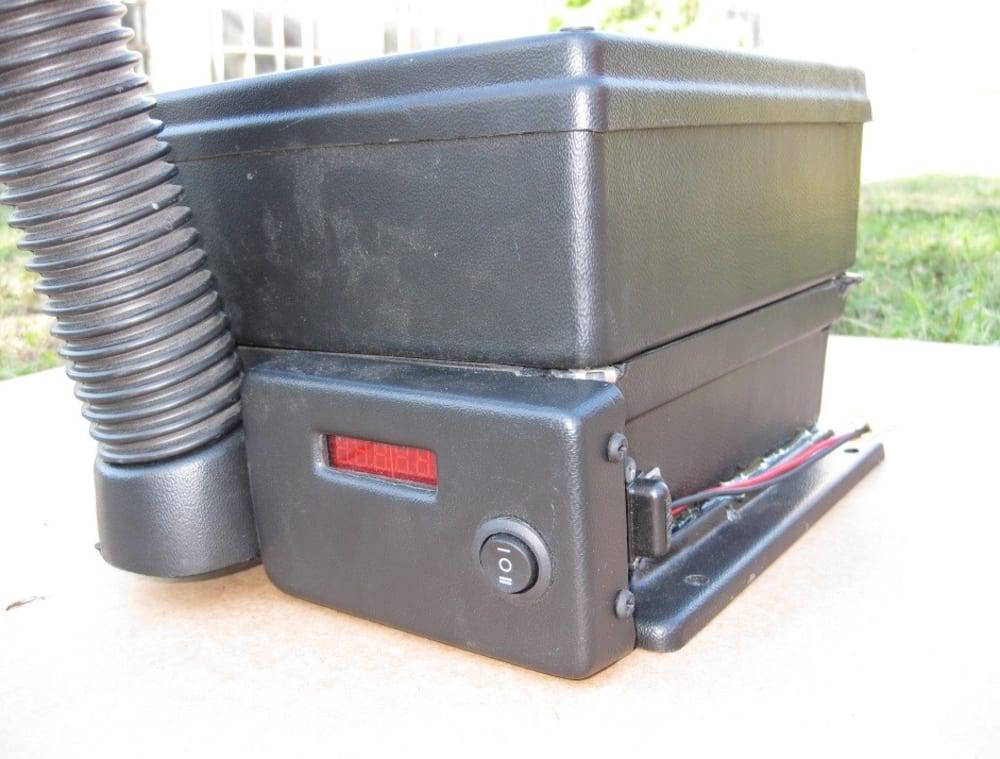Contemporary conception of “ecologically clean” vehicle (ECV) is based on minimization of harmful substances (HS) emission to the atmosphere. However, at present, the improving of the air quality inside a car compartment (CC) is a more priority task. Modern cabin filters do not clean air from nitrogen oxides, carbon monoxide and other priority HS, in relation to PM2.5 and hydrocarbons modern cabin filters are ineffective and create only an illusion of pure air. Concentrations of HS inside CC frequently exceed hygiene standards. In long term it leads to premature mortality, diseases and health deterioration, in short term it arouses nausea, headaches and mental confusion, which causes traffic accidents. The decline in life expectancy from the negative impact of vehicles is estimated as 9 months for Europe and up to 1 year for the United States. Main reasons of CC air pollution are the air pollution above roads, the inability of cabin filters to refine the CC air from priority HS, leakage of CC, penetration of undiluted exhaust fumes, products of tire and roadway surface wear, ozone (HS possessing the highest degree of danger) emission from air purifier ionizer and exhalation of HS from the materials of vehicle interior, fires.
The idea of this project is to improve the concept ECV by providing effective refinement of the air inside CC with the help of new autonomous air purification systems (AAPS). The AAPS is able to eliminate priority city atmosphere and CC contaminants: nitrogen oxides, particle matter (PM), ozone, carbon monoxide, formaldehyde and hydrocarbons by means of advance technologies: low-temperature purification of carbon monoxide on platinum-palladium catalysts; the chemical bonding of nitrogen oxides by chemical absorbers such as potassium and sodium permanganates; adsorption and catalytic cleaning of ozone and hydrocarbons on the modified coals; fine filtration of PM2.5 by new filtering materials.
The AAPS is consist of a housing, a cleaning block, a pressure fan and a planar electromotor. At the attachment of the application: 1 – a picture of the AAPS, 2 - the cleaning block with a PM2,5 filter element, catalytic and chemical absorbers, a sorbent element.
Trials of the prototypes in the laboratory and on automobiles of different companies: Ford, Toyota, Nissan, Renault, etc. have yielded positive results.
The proposed idea has no analogs and similar products on the market.
The idea can be applied on all types of vehicle (passenger cars, trucks, buses, etc.).
The market potential is the whole park of manufactured and utilized vehicles.
The AAPS can be produced, for example, at the enterprises that manufacture air filters, cabin air filters with minimal rework of production technologies.
The implementation of the idea is particularly relevant for children, the elderly, pregnant women, people with chronic cardiovascular and lung disease. It will prevent premature death and injuries of people because of reducing the number of road accidents.
Nowadays, everyone is using filters for water purification. It is time to purify the air inside CC, residential and industrial premises with similar level of air contamination.
Like this entry?
-
About the Entrant
- Name:Andrey Saykin
- Type of entry:individual
- Software used for this entry:MATLAB
- Patent status:pending





